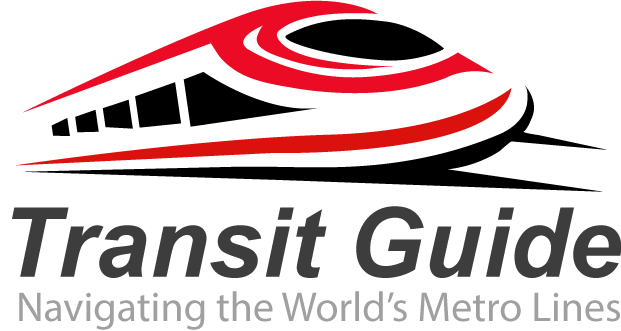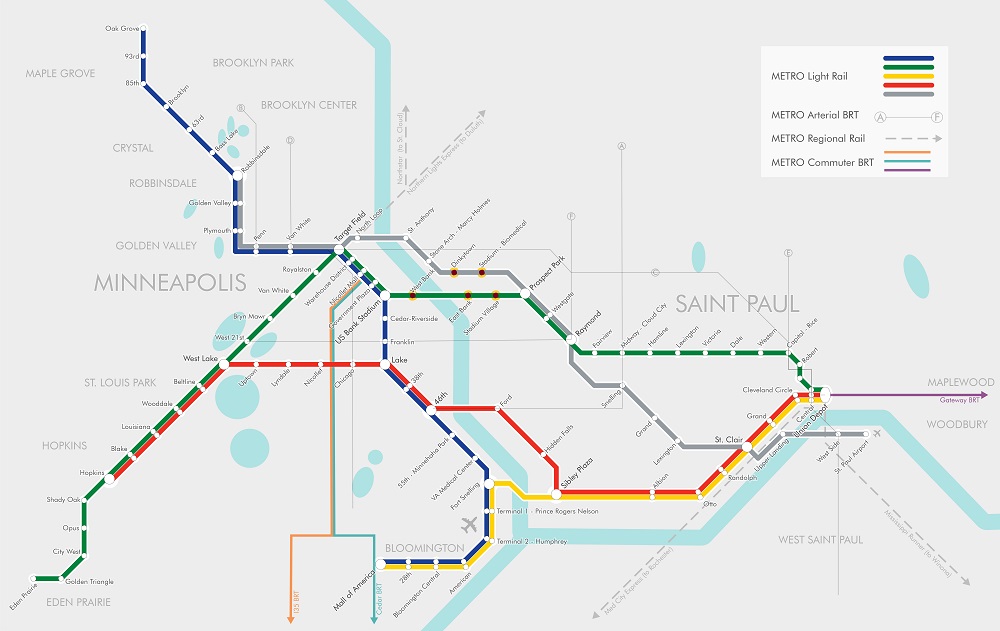The Minneapolis–Saint Paul transit system offers a reliable, affordable, and eco-friendly way to explore the Twin Cities. Operated by Metro Transit, the network includes buses, light rail, and commuter trains that connect key neighborhoods, business districts, and attractions across Minneapolis, Saint Paul, and surrounding suburbs.
Overview of Metro Transit
Metro Transit operates over 120 bus routes, two light rail lines, and the Northstar Commuter Rail. The system is designed to serve both daily commuters and visitors, offering frequent service and easy connections between major destinations.
Light Rail Lines
- Blue Line: Runs between downtown Minneapolis and Mall of America, with stops at Minneapolis–Saint Paul International Airport.
- Green Line: Connects downtown Minneapolis to downtown Saint Paul, passing the University of Minnesota and U.S. Bank Stadium.
Bus Network
The bus system covers extensive routes throughout the metro area, including high-frequency lines that operate every 10–15 minutes. Rapid bus service, like the A Line and C Line, offers faster trips with fewer stops and enhanced boarding stations.
Fares and Passes
The transit system uses a simple fare structure. Riders can purchase single-ride tickets, day passes, or unlimited monthly passes. The Go-To Card is a convenient reloadable option that works on buses, light rail, and commuter trains.

